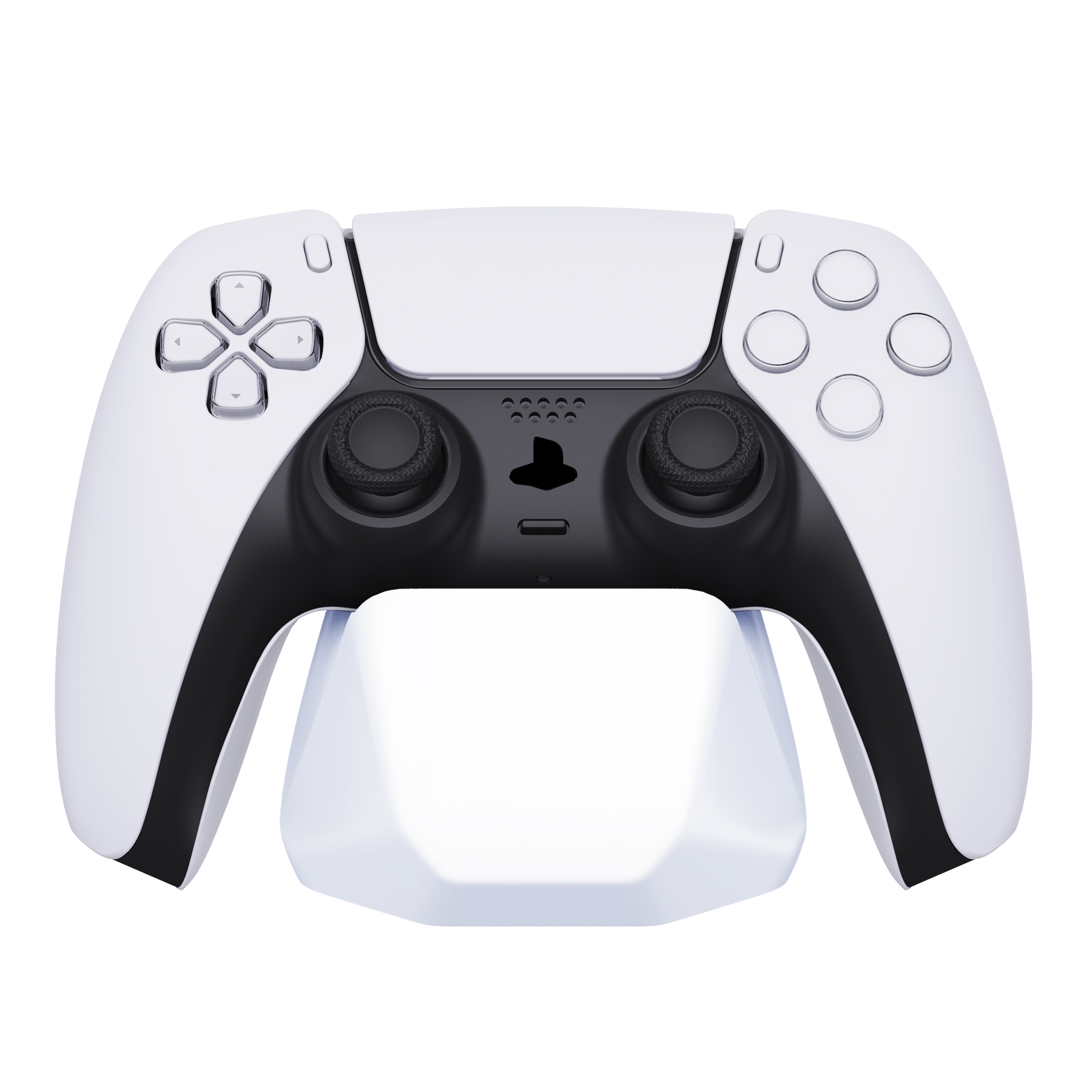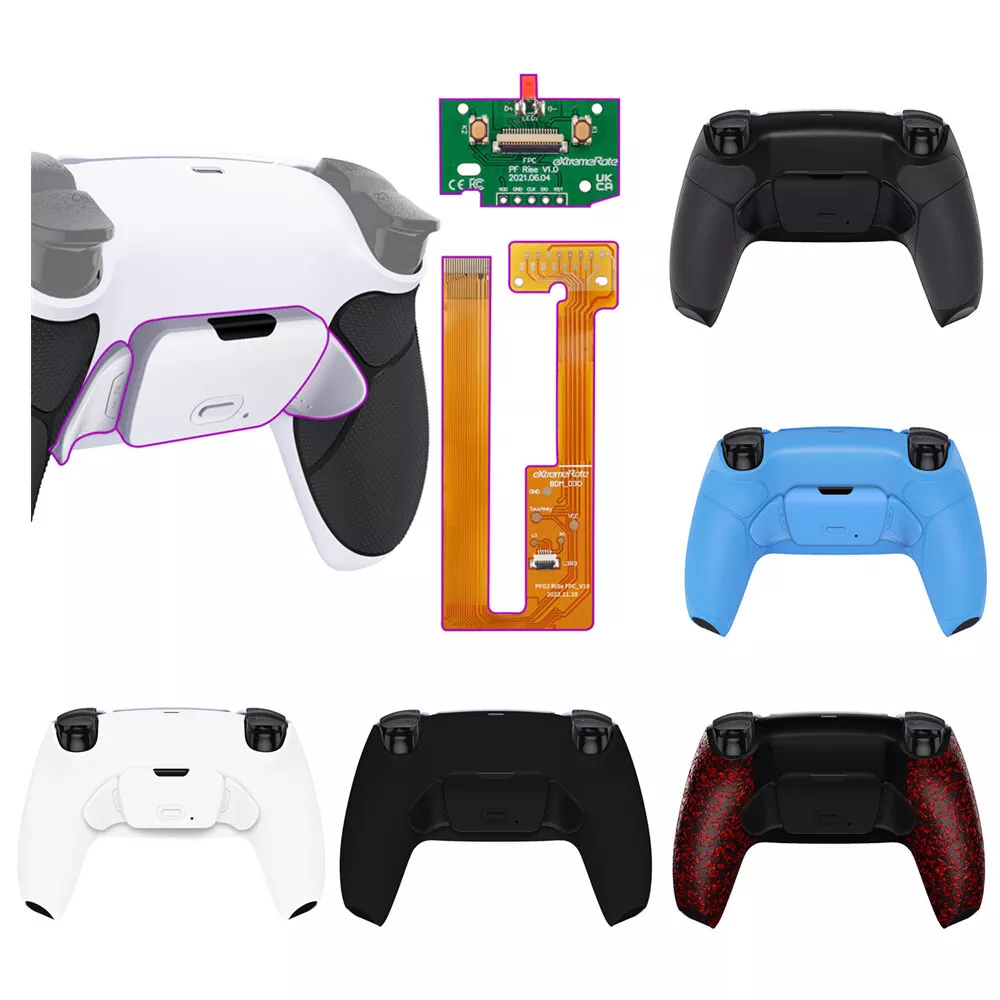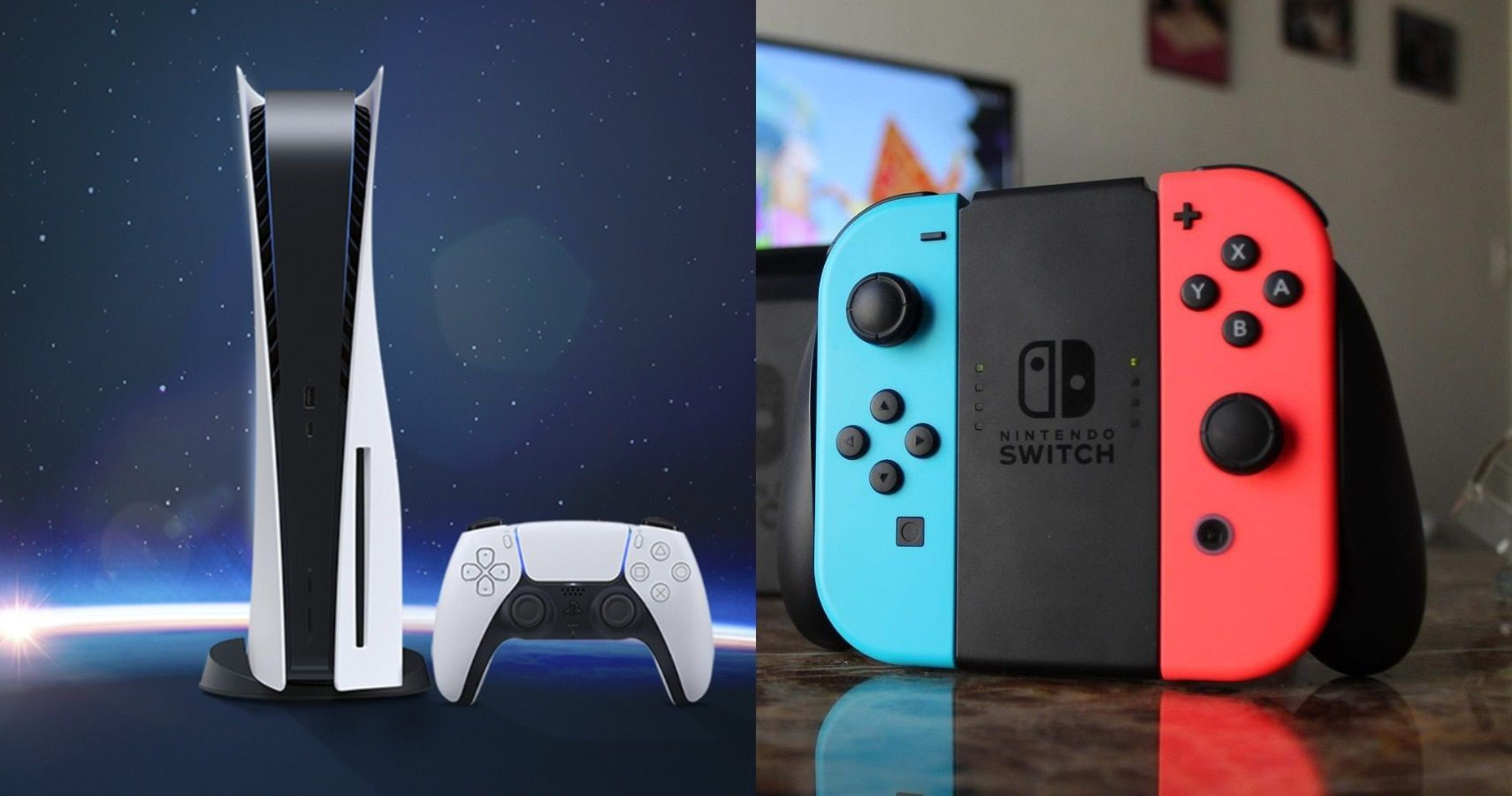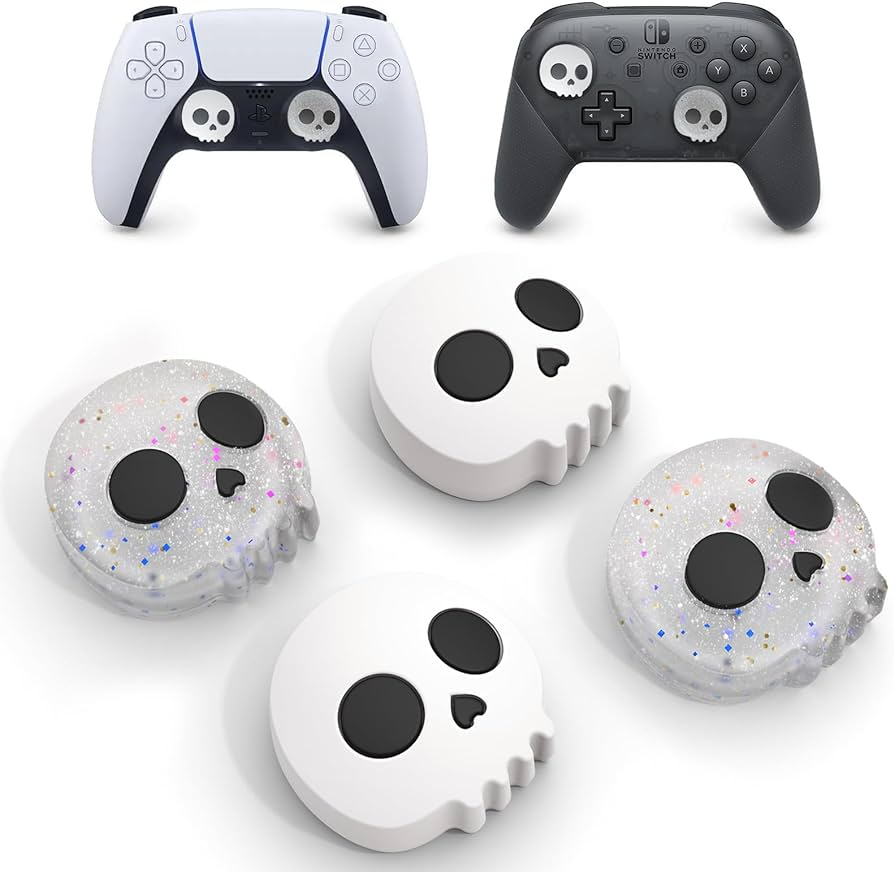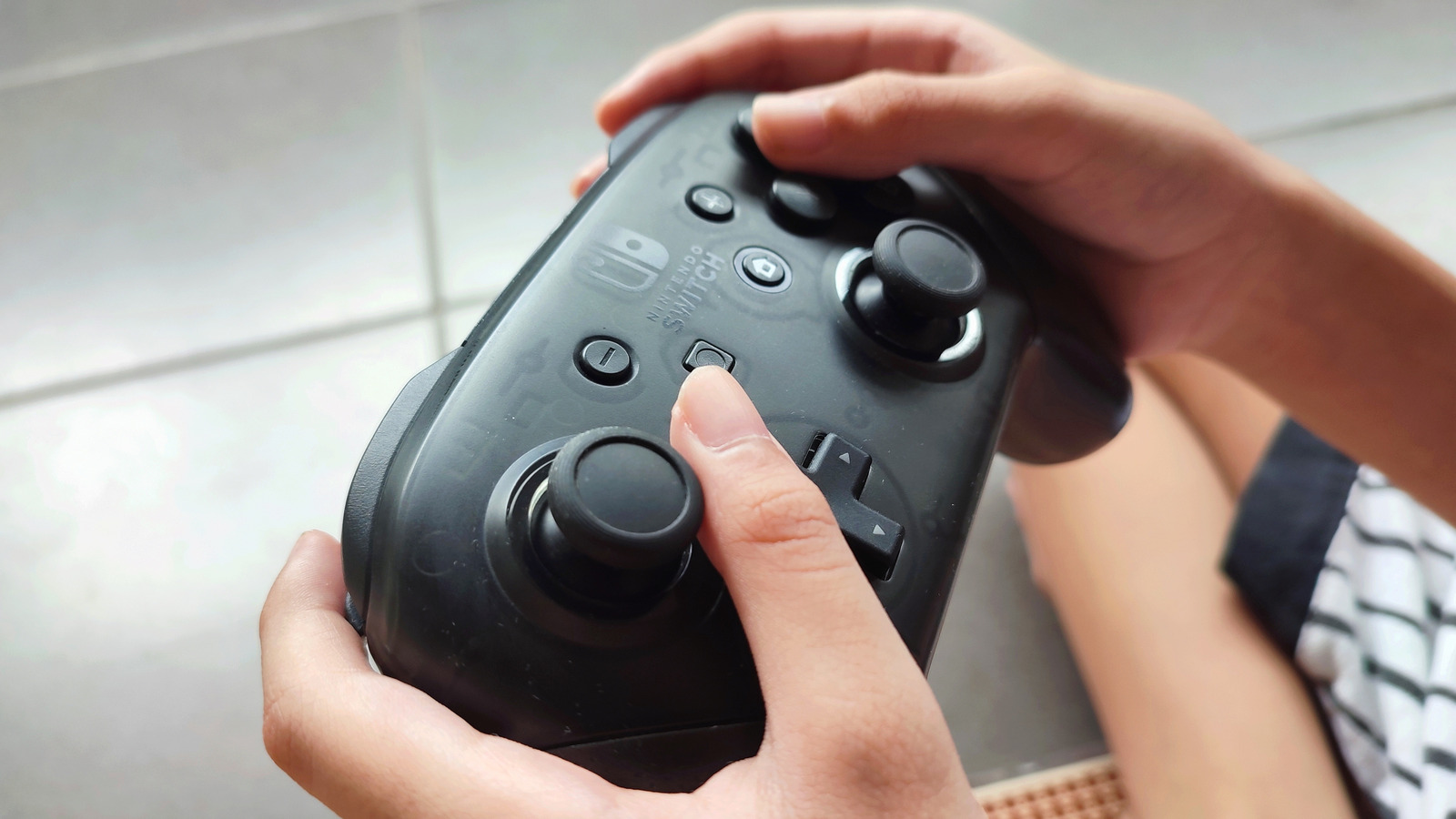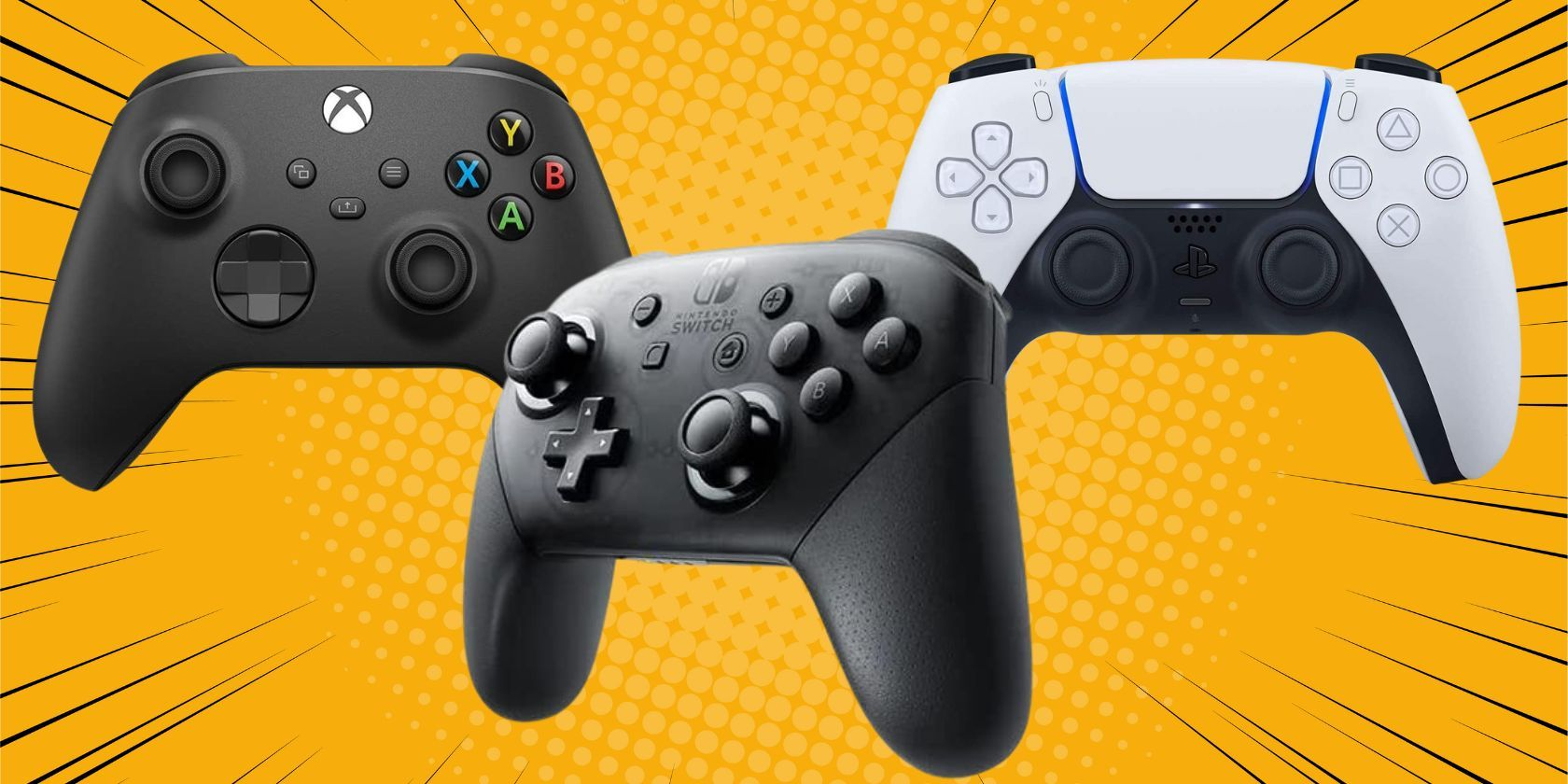Introduction
The PlayStation 5 (PS5) controller, also known as the DualSense, has garnered widespread acclaim for its innovative features and ergonomic design. On the other hand, the Nintendo Switch continues to win the hearts of gamers with its versatility and unique game library. Combining these two can offer a transformative gaming experience. This article explores how to use the PS5 controller on a Nintendo Switch, outlining its benefits, setup procedures, compatibility concerns, and overall performance.
The Features of the PS5 DualSense Controller
Revolutionary Design
The PS5 DualSense controller revolutionizes the gaming experience. It introduces features like adaptive triggers and haptic feedback. These elements bring a new depth to gameplay. The controller’s size and ergonomic design cater to different types of gamers. Its design enhances comfort, particularly for long gaming sessions. The intuitive button layout ensures easy reach and minimizes hand fatigue. Additionally, the controller includes a built-in microphone and speaker.
Adaptive Triggers
Adaptive triggers are one of the standout features of the DualSense controller. These triggers provide varying resistance. This can simulate different in-game actions. For example, the tension of drawing a bowstring or the resistance of pressing a brake pedal gets transferred directly to the player’s fingertips. This feature adds layers of immersion and realism.
Haptic Feedback
Haptic feedback offers nuanced vibration effects. Unlike traditional rumble features, haptic feedback can present a wider range of sensations. Players might feel the different textures of surfaces or the particular recoil of a weapon. This feedback enhances immersion and makes gameplay more engaging.
Built-in Microphone and Speaker
The built-in microphone and speaker allow for easy communication during multiplayer games. Players can chat with friends without needing a separate headset. These features also enhance single-player games by providing audio cues and immersive sound effects.
Compatibility Issues
Native Incompatibility
One of the primary challenges is native incompatibility. The Nintendo Switch does not natively support the PS5 DualSense controller. This means that you cannot directly connect the DualSense to the Switch. The lack of native support also extends to certain features. Adaptive triggers and haptic feedback might not work on the Switch. However, this doesn’t mean it’s impossible to use a DualSense on a Switch.
Third-Party Solutions
Third-party solutions bridge the compatibility gap. Adapter devices like the 8BitDo Wireless USB Adapter can facilitate this connection. These adapters enable the DualSense to communicate with the Switch. Such solutions are generally user-friendly and affordable. However, they might not fully support all DualSense features. Research before purchasing is crucial to ensure it meets your needs.
Firmware Updates
Firmware updates can also affect compatibility. Both the PS5 DualSense controller and the Nintendo Switch receive updates periodically. Sometimes, these updates can disrupt the functionality of third-party adapters. Always keep your devices updated but check compatibility notes for your adapters.
Setting Up the PS5 Controller on Nintendo Switch
Required Hardware
To connect a PS5 DualSense controller to a Nintendo Switch, you will need a few pieces of hardware. First, obtain a third-party adapter like the 8BitDo Wireless USB Adapter. Also, make sure you have your Switch dock handy, as the adapter usually connects via USB.
Step-by-Step Guide
- Attach the Adapter: Insert the 8BitDo Wireless USB Adapter into one of the USB ports on your Switch dock. Make sure it fits snugly and securely.
- Pairing Mode: Put the adapter into pairing mode. Generally, this involves holding down a button on the adapter until it starts flashing.
- DualSense Pairing: Next, put the DualSense controller into pairing mode. Press and hold the “Create” button and the “PS” button simultaneously until the light bar starts flashing.
- Establish Connection: The adapter and the DualSense controller should pair automatically. Once paired, the light bar on the DualSense should stop flashing and remain steady.
- Testing: Test the connection by navigating through the Switch menu. Ensure all buttons and sticks are functioning correctly.
Troubleshooting Tips
Sometimes the connection might not establish immediately. If this happens, restart both the adapter and the controller. Ensure neither device is already connected to another console or adapter. Updating the firmware of your adapter might also help. Always refer to the manual specific to your adapter for additional troubleshooting tips.
Performance and Gameplay
Comfort and Ergonomics
The PS5 DualSense controller offers superior ergonomics. Its larger size fits comfortably in the hands. The button spacing is also optimal. This makes long gaming sessions more comfortable on the Switch. Many players find the extra bulk and weight a welcome change from the lighter Joy-Cons.
Enhanced Experience
Using the DualSense on the Switch can elevate your gameplay experience. The precision of the analog sticks and triggers is excellent. The buttons are responsive and provide good tactile feedback. While the adaptive triggers and advanced haptic feedback are not fully supported, the basic vibration functions still enhance immersion.
Game Compatibility
Most Switch games work seamlessly with the DualSense controller. Inputs translate effectively, and navigation is smooth. However, certain games might display on-screen prompts for the Joy-Cons or Switch Pro Controller. This can be slightly confusing but does not generally affect gameplay. Games that require motion controls or IR scanning may not be fully compatible.
Challenges and Limitations
Despite the enhanced experience, some challenges remain. As mentioned, the lack of native support for adaptive triggers and haptic feedback is a drawback. Additionally, the built-in microphone and speaker do not function on the Switch. Battery consumption may also be higher when using third-party adapters. These limitations should be considered before making the switch to a DualSense.
Comparing DualSense with Switch Controllers
Ergonomic Differences
The ergonomic differences are one of the most noticeable aspects when comparing the DualSense with Switch controllers. The DualSense is larger and heavier, providing a different feel. The ergonomic design is suitable for prolonged use. On the flip side, the Joy-Cons are more compact. They are designed for both handheld and docked play, making them versatile. However, this versatility comes at the cost of comfort for some.
Feature Comparison
Feature-wise, the DualSense stands out. The adaptive triggers and haptic feedback offer a more nuanced gaming experience. The built-in microphone and speaker add convenience, although they do not work on the Switch. The Joy-Cons, however, offer versatility. They include motion controls and an IR sensor, which are absent in the DualSense. Each controller brings unique features to the table.
Battery Life
Battery life is another important factor. The DualSense offers a respectable battery life but can drain faster when using features like adaptive triggers and haptic feedback. The Joy-Cons generally offer longer battery life. However, their smaller size means they might not last as long per charge as dedicated controllers like the Switch Pro Controller.
Cost Considerations
Cost is always a factor when choosing a controller. The DualSense is slightly more expensive than the Joy-Cons and Switch Pro Controller. The added cost of an adapter can also add up. However, the DualSense offers excellent value for its features. If you already own a PS5, using your existing DualSense can be cost-effective.
Pros and Cons
Pros of Using DualSense
- Superior Ergonomics: The DualSense offers a comfortable grip and button layout.
- Feature-Rich: Despite some limitations on the Switch, the DualSense still offers vibration and responsive controls.
- Versatility: The DualSense can be used on multiple platforms, adding value to the purchase.
- Build Quality: The durable design ensures long-term use.
Cons of Using DualSense
- Limited Compatibility: Some features like adaptive triggers and haptic feedback do not work on the Switch.
- Configuration Needed: The need for third-party adapters adds a layer of complexity.
- Possible Latency: Depending on the adapter, there may be slight input latency.
- Battery Drain: Using an adapter can consume more battery.
Pros of Using Joy-Cons
- Versatility: Joy-Cons offer flexibility for both handheld and docked gameplay.
- Motion Controls: Features like motion controls and IR sensing enhance gameplay.
- Compact Size: Easy to carry around and store.
- Seamless Integration: Native compatibility with the Switch ensures smooth gameplay.
Cons of Using Joy-Cons
- Ergonomics: Some players find them uncomfortable for long sessions.
- Durability: Issues like drifting analog sticks have been reported.
- Limited Buttons: The compact size limits the number of buttons.
- Price: Joy-Cons can be expensive, especially if replacements are needed.
The Future of Cross-Platform Controller Usage
Emerging Technologies
Emerging technologies will likely improve cross-platform controller use. Advances in Bluetooth technology could eliminate the need for adapters. This would make it easier to use controllers like the DualSense on multiple platforms. Improved firmware updates might also bring better compatibility.
Software Solutions
Software solutions can further enhance compatibility. Updates to the Nintendo Switch OS could bring native support for more controllers. Similarly, apps and software on PCs can facilitate cross-platform usage. These solutions make it easier for gamers to use their preferred controllers.
Market Trends
Market trends also indicate a growing demand for cross-platform controllers. As gaming becomes more interconnected, players seek devices that can be used across multiple platforms. This trend pushes manufacturers to design more versatile controllers. The future might see universal controllers that work seamlessly with various consoles and PCs.
Integration and Compatibility
Greater integration and compatibility will benefit gamers. Universal standards for controllers could become a reality. This would eliminate the need for multiple controllers for different platforms. Gamers can invest in a single high-quality controller, enhancing their gaming experience across the board.
Conclusion
Using a PS5 DualSense controller on a Nintendo Switch offers an array of benefits and a unique gaming experience. From enhanced ergonomics to precise controls, the DualSense elevates Switch gameplay. However, it’s not without challenges, such as the lack of native support for adaptive triggers and haptic feedback. Setting up the controller requires a third-party adapter, but the process is relatively straightforward. By considering the pros and cons, gamers can make an informed choice. The future holds exciting possibilities for cross-platform compatibility, making it an ideal time to explore new ways to enhance your gaming experience.
